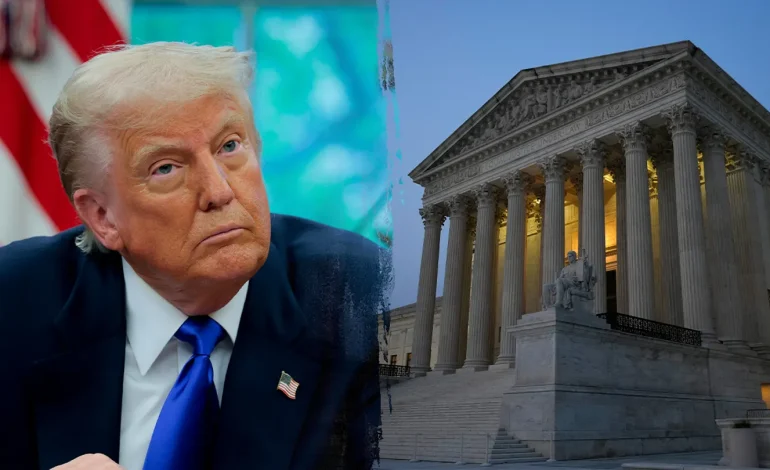Supreme Court Backs Trump’s Removal of Two Biden-Era Board Members, Signals Limits on Firing Fed Chair

The U.S. Supreme Court on Thursday sided with President Donald Trump in a closely watched separation-of-powers fight, allowing him to oust National Labor Relations Board member Gwynne Wilcox and Merit Systems Protection Board member Cathy Harris—both Democratic appointees—while litigation over their terminations proceeds, as per Fox News.
The unsigned order stays lower-court rulings that had reinstated the two officials and hands the White House a significant victory in its bid to expand presidential removal authority.
In a brief opinion, the six-justice conservative majority said the administration had met the test for emergency relief and could keep Wilcox and Harris off the job during the appeals process. The Court stopped short of overturning Humphrey’s Executor v. United States (1935), the precedent that shields many independent-agency commissioners from at-will dismissal, but indicated it was open to revisiting those limits in a future merits case.
Writing for the three dissenters, Justice Elena Kagan warned that the majority’s impatience “to hand the President the most unitary, meaning also the most subservient, administration since Herbert Hoover” telegraphed a willingness to scrap nearly a century of protections for independent boards. She stressed that no president since the 1950s had tried to sack such officers without a statutory cause.
The Court’s order also contained a notable caveat: it suggested that removal protections for Federal Reserve Chair Jerome Powell—whom Trump has criticized for not cutting interest rates quickly enough—may stand on “different and stronger footing” because of the Fed’s unique monetary-policy role. That hint could temper fears that the decision paves the way for wholesale purges of other independent regulators. Wilcox and Harris, appointed by President Joe Biden to terms running through 2028, sued after the White House abruptly dismissed them earlier this year. Two D.C. district judges ordered their reinstatement, and the full U.S. Court of Appeals for the D.C. Circuit affirmed, citing Humphrey’s and a companion case, Wiener v. United States (1958).
Solicitor General D. John Sauer urged the high court to intervene, arguing that presidents must be free to replace officials who wield “substantial executive power” and are “demonstrably at odds with the administration’s policy objectives.” Reinstating the pair, he said, would “manifestly cause irreparable harm” by placing key parts of the executive branch outside presidential control.
Attorneys for Wilcox and Harris countered that the administration was asking the Court to “upend decades of tradition” and jeopardize the independence of agencies ranging from the NLRB to the Nuclear Regulatory Commission. They cautioned that rushing the case on an emergency basis, instead of allowing full appellate review, risked destabilizing administrative law.
The stay remains in effect until the D.C. Circuit rules on the merits and, if Trump seeks further review, until the Supreme Court issues a final decision. Meanwhile, five-member quorums at both boards will be limited, potentially slowing decisions on labor disputes and federal-employee appeals.







The latest news in your social feeds
Subscribe to our social media platforms to stay tuned